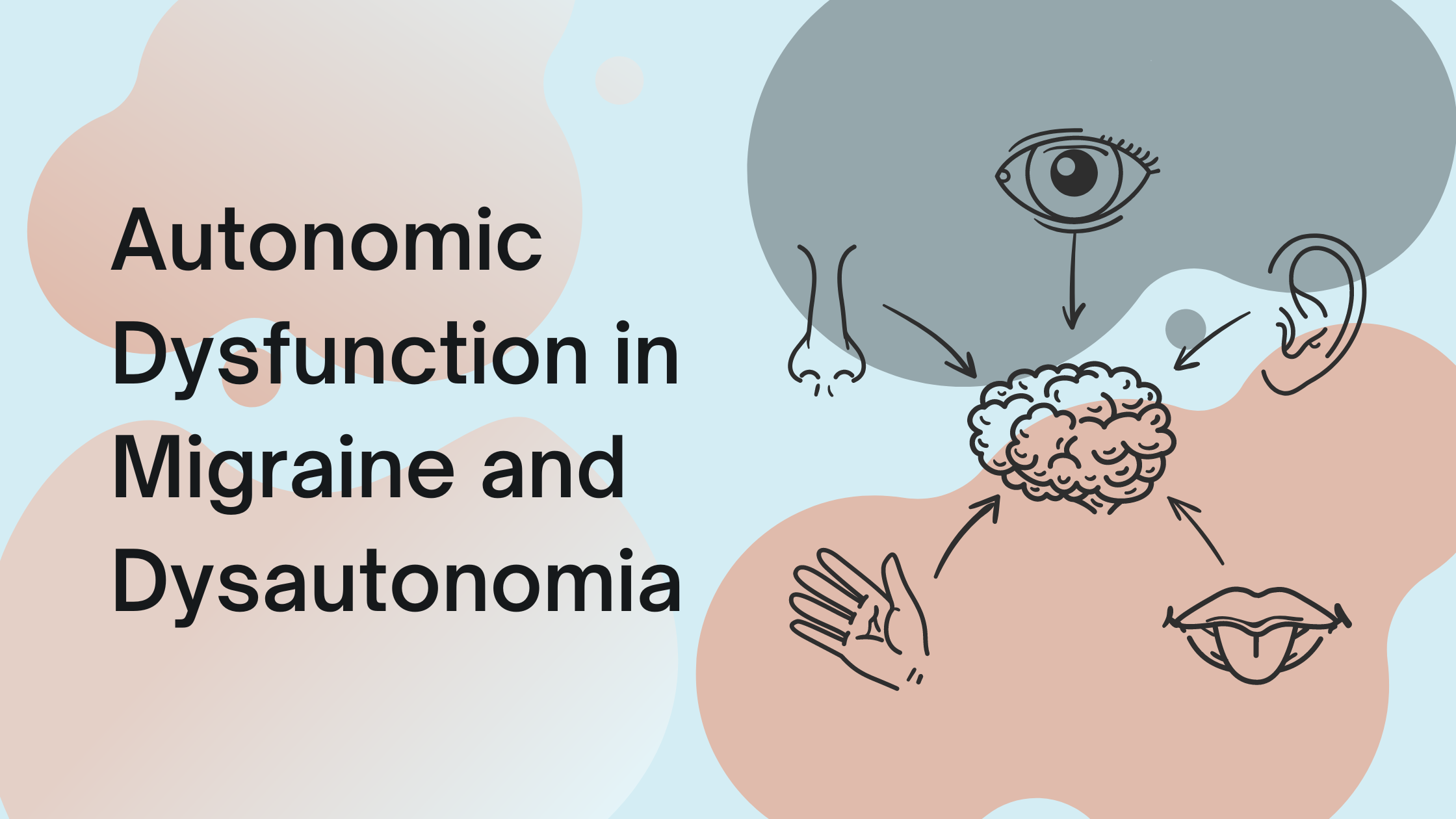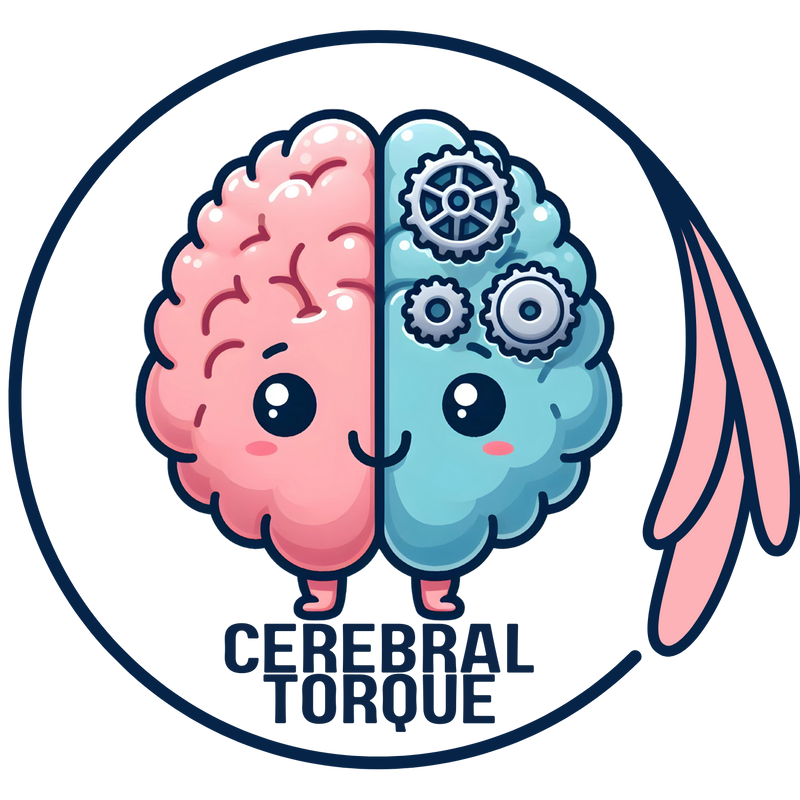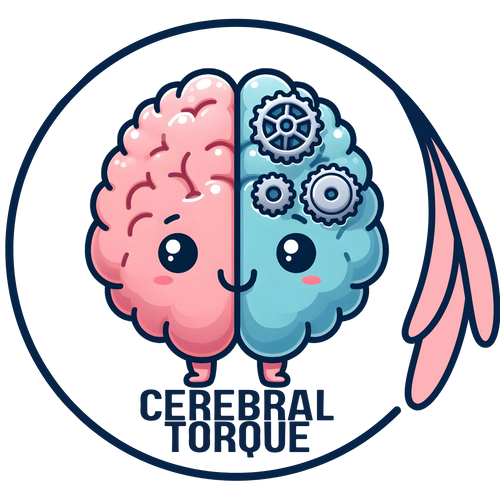Autonomic Dysfunction in Migraine and Dysautonomia
Posted on March 19 2024,

If you’ve experienced dizziness, nausea, vomiting, diarrhea, palpitations, excessive urination (polyuria), facial flushing, nasal congestion, tearing, eye redness, eye puffiness (eyelid edema), rhinorrhea (runny nose), etc. during a migraine attack then you may have felt the effects of autonomic nervous system (ANS) dysfunction in migraine. There is increasing evidence that autonomic dysregulation plays an underlying role in migraine.
What is the Autonomic Nervous System (ANS)?
The ANS is the master regulator of unconscious bodily processes like heart rate, respiration, digestion, and more. It operates through a balanced interplay between its two divisions - the sympathetic ("fight-or-flight") system and the parasympathetic ("rest-and-digest") system. However, in migraine, there appears to be a disruption in this equilibrium. Generally, there is hyperactivity of the sympathetic nervous system ictally (during a migraine attack) and hypoactivity of the sympathetic nervous system interictally (between migraine attacks). Studies do conflict when it comes to this, but more on that later.
How does ANS dysfunction manifest during a migraine attack?
1. Prodrome Phase
This phase can begin 24-48 hours before head pain, with potential symptoms like:
- Food cravings
- Sensory changes (heightened sense of tase or smell, for instance)
- Fatigue
- Neck stiffness
- Mood changes
- Diarrhea or constipation
While the specific mechanisms are unclear, these early symptoms could reflect disturbances in the autonomic control of digestion, energy levels, and emotion regulation circuits in the brain.
2. Aura Phase
Around 25-30% of migraine patients experience an "aura" before or during the headache phase (aura may also occur without a headache phase either due to abortive treatment or natural progression).
Symptoms include:
- Visual aura
- Sensory aura
- Language aura
The underlying cause is believed to be a wave of neuronal depolarization called cortical spreading depression. This phenomenon may also activate parasympathetic reflexes that may contribute to symptoms like nasal congestion during later phases.
3. Headache Phase
This is the painful headache that migraine patients may experience. Usually, it’s a throbbing, pulsating, unilateral headache accompanied by:
- Nausea/vomiting
- Sensitivity to light, sound, smell
- Cutaneous allodynia
- Lightheadedness/dizziness
- Fatigue
- Cranial autonomic symptoms
4. Postdrome Phase
Even after the headache subsides, a “migraine hangover” may persist for hours or days, characterized by:
- Fatigue
- Cognitive impairment
- Mood changes

Autonomic Pathways Driving Migraine
So how exactly does the autonomic nervous system contribute to migraine pathogenesis across this cyclical pattern?
There are several possible mechanisms:
Trigeminovascular Activation
The trigeminal nerve provides sensory innervation to the cranial blood vessels and dura mater. Activation of this trigeminovascular pathway is thought to play a role in migraine attacks by:
1) Causing parasympathetic vasodilation of dural vessels
2) Sensitizing trigeminal nociceptors that transmit pain signals
This pathophysiological mechanism results in vascular changes, neurogenic inflammation, and central nociceptive transmission resulting in that throbbing quality-like pain we experience.
Cortical Spreading Depression
In patients with migraine who experience aura, the phenomenon of cortical spreading depression may trigger downstream autonomic effects. The wave of neuronal depolarization can activate parasympathetic reflexes leading to symptoms like nasal congestion, even before the headache begins.
Hypothalamic Connectivity Disruptions
Using functional MRI, researchers have mapped altered connectivity between the hypothalamus (which regulates ANS function) and other brain areas involved in autonomic control, pain processing, and emotional regulation. This central dysregulation could "set the stage" for the several autonomic symptoms experienced across the migraine cycle.
Impaired hypothalamic control may contribute to:
- Prodrome phase mood changes and fatigue
- Autonomic dysregulation during the headache phase
- Disrupted sleep-wake cycles affecting the postdrome phase
Sympathetic Neurotransmitter Imbalance
People with migraine appear to have an imbalance in the sympathetic division of the ANS. Specifically:
- Lower levels of norepinephrine (noradrenaline) between attacks
- Heightened levels during the headache phase
- Increased sensitivity to noradrenergic agonists like phenylephrine
This noradrenergic dysfunction could impair the body's stress response capabilities and disrupt the delicate sympathetic and parasympathetic balance required for cardiovascular, gastrointestinal, and other homeostatic functions.
The Diverse Cranial Autonomic Symptoms
While generalized ANS imbalance likely contributes to many migraine symptoms, there is also a range of localized cranial autonomic phenomena directly related to migraine-induced dysregulation.
Nasal Congestion/Rhinorrhea
Up to 45-50% of patients with migraine report nasal stuffiness or runny nose during attacks. This may result from parasympathetic vasodilation of nasal vessels originating from the sphenopalatine ganglion.
Eye Manifestations
- Conjunctival injection (bloodshot eyes)
- Lacrimation (excessive tearing)
- Eyelid edema and ptosis (drooping)
These symptoms are thought to stem from a combination of parasympathetic effects (vasodilation, lacrimal gland activation) and potential sympathetic hypofunction allowing superior tarsal muscle in the eyelid to relax.
Pupillary Changes
While not consistently observed, some studies report mydriasis (pupil dilation) or miosis (pupil constriction) during migraine attacks. This could reflect an imbalance between the sympathetic and parasympathetic neurons governing pupillary responses.
Facial Sweating/Flushing
Altered patterns of facial sweating and flushing may occur due to migraine's effects on the sympathetic innervation controlling these vascular and sudomotor (sweat gland activity) responses.
These localized autonomic phenomena demonstrate how the trigeminal and autonomic reflex pathways can become dysregulated in migraine, with the sphenopalatine and superior cervical ganglia appearing to play key roles.
The Gut-Brain Axis in Migraine
While nausea and vomiting are among the most common and debilitating symptoms in patients with migraine, some may be surprised to hear that their underlying mechanisms go beyond just a response to head pain. Changes in gut function could contribute to migraine headaches.
The Phenomenon of Gastroparesis
Multiple studies have documented delayed gastric emptying (gastroparesis) in patients with migraine and not just during acute attacks, but potentially also in the interictal period between episodes. This gastroparesis may be driven by:
- Altered parasympathetic control of gastric motility
- Central dysregulation of the digestive autonomic system
The consequences of gastroparesis provide clues to its potential role in migraine pathogenesis:
1. Nausea and vomiting are common symptoms of delayed gastric emptying itself.
2. Gastric stasis and mucosal irritation can trigger vagal afferent activation of nausea/vomiting reflexes in the brainstem.
3. This vagal activation could facilitate sensitization of trigeminovascular pain pathways.
Vicious cycle of migraine and gastroparesis
Based on this model, gastroparesis could initiate a vicious cycle by:
1. Causing nausea/vomiting
2. Sensitizing brainstem nociceptive pathways
3. Facilitating trigeminovascular activation and headache pain
4. Which then worsens the gastroparesis
This cycle could explain why prokinetic agents that improve gastric motility, like metoclopramide, can, at times, help abort acute migraine attacks.
The Efficacy of Neuromodulation
More evidence supporting the gut's involvement is the efficacy of vagus nerve stimulation (VNS) for aborting or preventing migraine attacks.
Vagus Nerve Stimulation
While the vagus nerve is best known for its parasympathetic inputs to the gut, it also has connections to pain signaling centers in the brain and trigeminal pathways. VNS appears to:
- Reduce glutamate levels and firing in the trigeminovascular nucleus
- Suppress central sensitization processes
- Potentially reverse gastroparesis by modulating vagal tone
Differences Between Dysautonomia and Migraine
- Cause
Dysautonomia encompasses a spectrum of disorders where autonomic dysfunction is the primary clinical problem.
In migraine, the autonomic dysregulation appears to be secondary to the underlying migraine pathophysiology.
- Scope
Dysautonomia broadly impacts the entire autonomic nervous system throughout the body.
In migraine, the autonomic symptoms tend to be more localized, especially cranial autonomic features like lacrimation, nasal congestion, etc.
- Chronicity
Many forms of dysautonomia like postural tachycardia syndrome (POTS) are chronic, persistent conditions.
The autonomic dysfunction in migraine occurs primarily in the cyclical context of migraine attacks, with potential interictal differences as well.
- Directionality
In dysautonomia, it's the autonomic imbalance itself that causes downstream symptoms.
In migraine, the autonomic changes can manifest as symptoms, but may also feed back into mechanisms driving the headache pain itself (e.g. vasodilation, nociceptor sensitization).
Similarities between dysautonomia and migraine
- Both involve an imbalance or dysregulation of the autonomic nervous system (ANS), which controls involuntary bodily functions.
- They can result in various symptoms related to ANS malfunction like abnormal heart rate, blood pressure, digestion, sweating, dizziness, etc.
- The root cause in both cases is thought to involve central nervous system dysfunction leading to improper regulation of sympathetic and parasympathetic outputs.
Conflicting Autonomic Studies
Autonomic reflex tests directly evaluate the functional integrity of sympathetic and parasympathetic reflexes under controlled conditions.
Autonomic reflex testing studies have had conflicting findings - some showing reduced sympathetic drive, some parasympathetic, and some no difference vs controls. However, some trends emerge:
- Migraine with aura tends to cause more autonomic dysfunction than migraine without aura
- Sympathetic impairment is more prominent than parasympathetic in the interictal period
- There is exaggerated/hypersensitive sympathetic responsiveness ictally, possibly due to upregulated adrenoreceptors from interictal norepinephrine deficiency
Therefore, while the exact pathways are unclear, there is evidence of dysfunction in both sympathetic and parasympathetic systems in migraine, with a trend towards relative sympathetic impairment interictally and hyperresponsiveness ictally. More research is still needed.
All Non-Invasive Neuromodulation Devices for Migraine Treatment
Wondering if migraine devices actually work? This guide breaks down the latest evidence on non-invasive neuromodulation devices like Cefaly, Nerivio, and gammaCore. Learn which devices have solid research backing them,...
Read MoreSun, Sep 14, 25
Neuroimaging Differences Between Migraine Types: Aura vs. Without Aura
Discover the latest neuroimaging research revealing key brain differences between migraine with aura and migraine without aura.
Read MoreThu, Sep 04, 25
Understanding Migraine Prodrome
Discover the migraine prodrome phase: 36 warning symptoms that occur 1-6 hours before headache onset. Learn timing patterns, predictive confidence levels, and new treatment approaches based on groundbreaking 2025 research...
Read More



